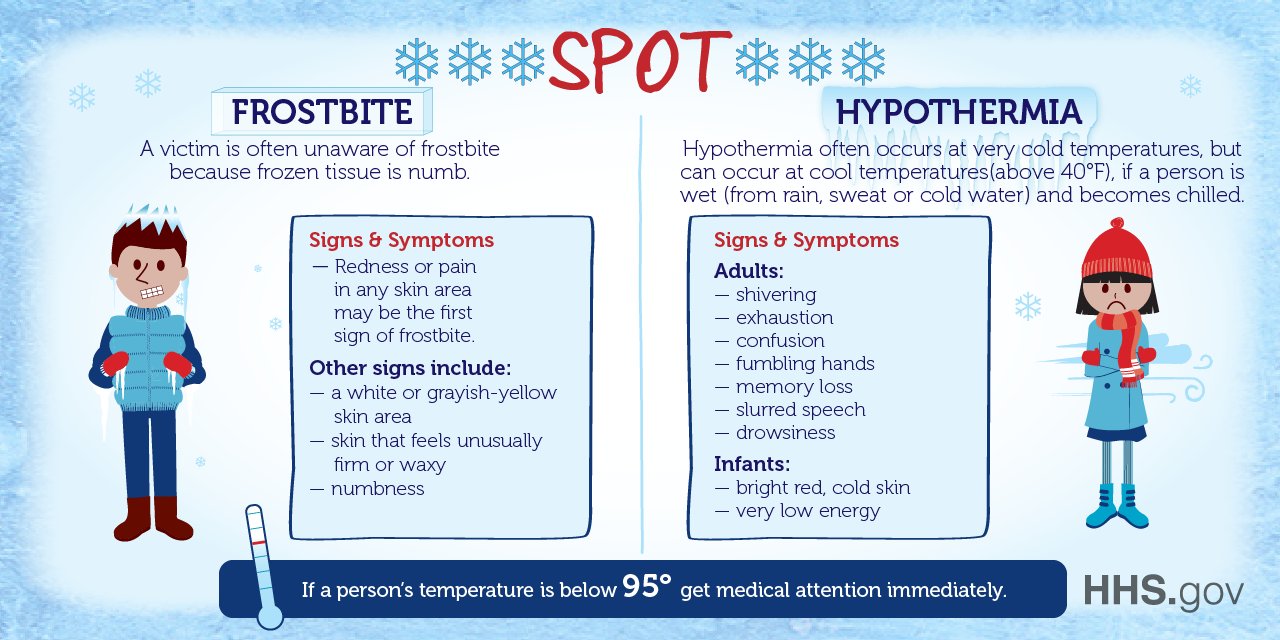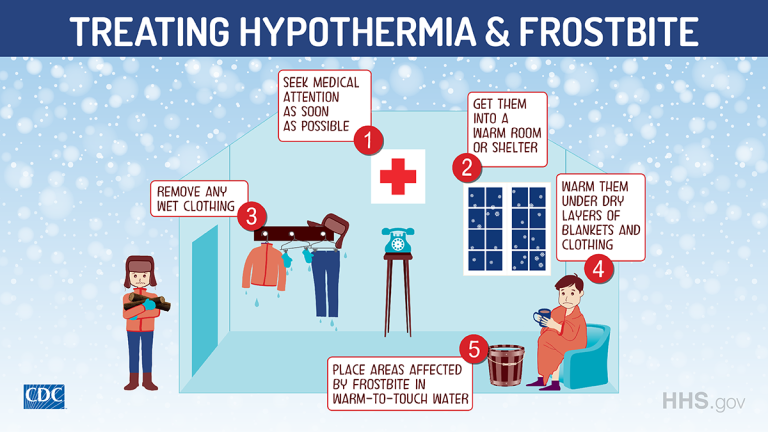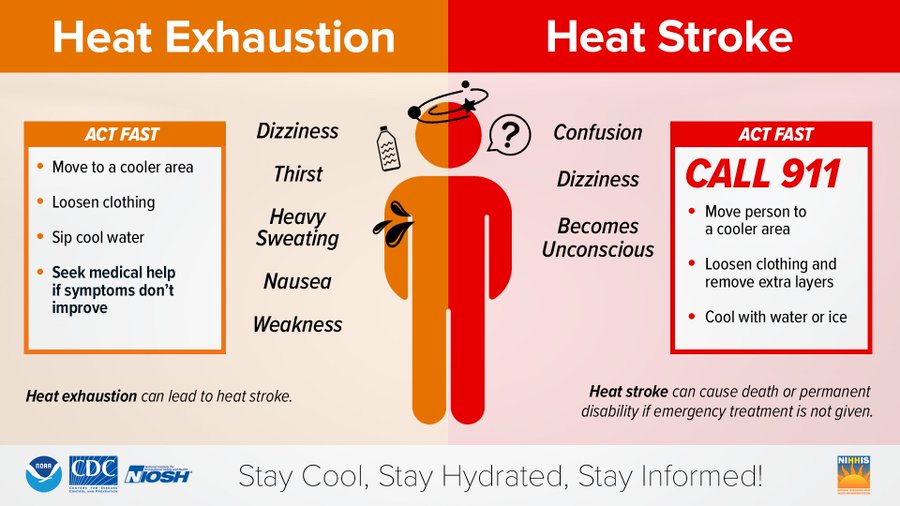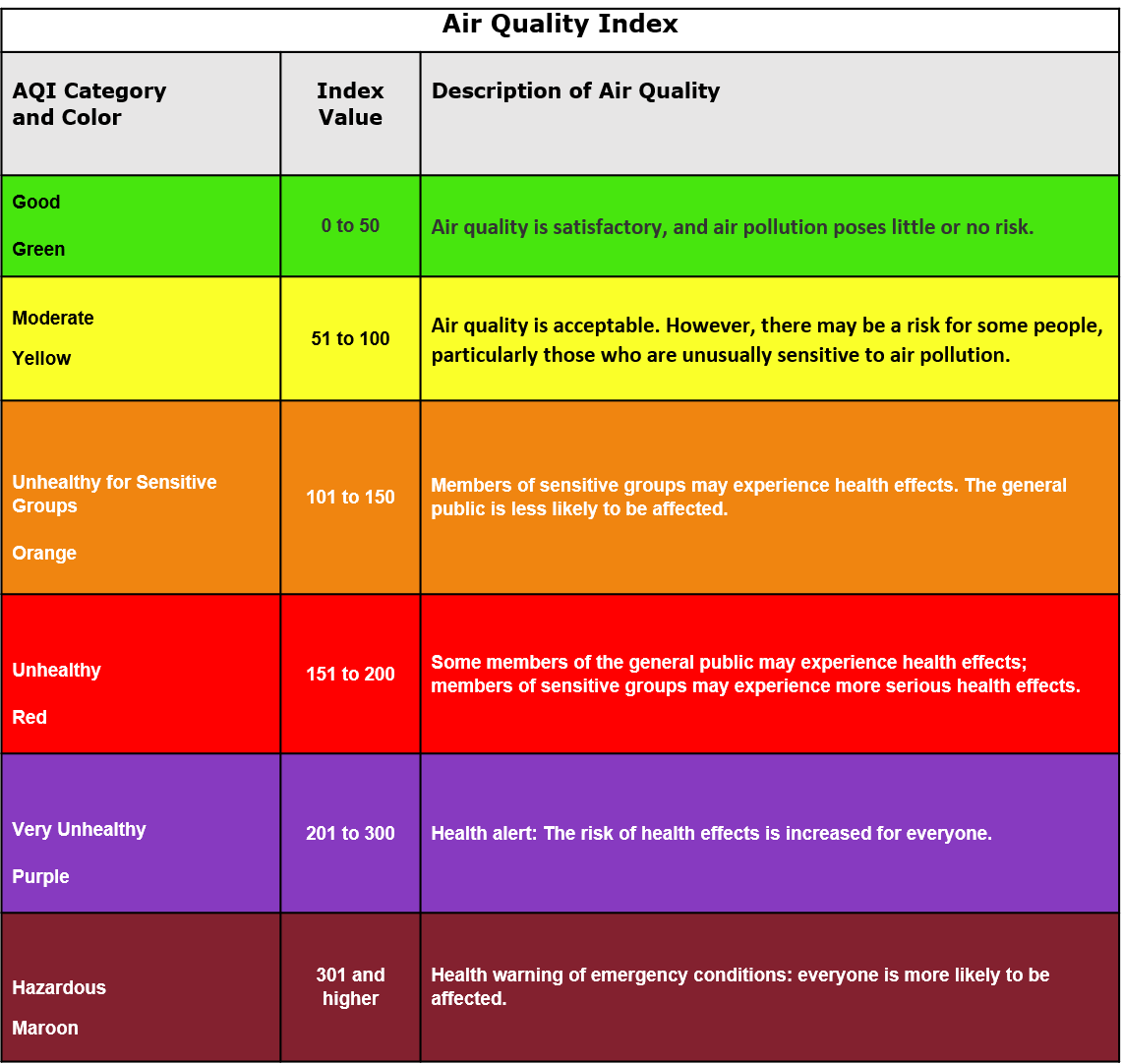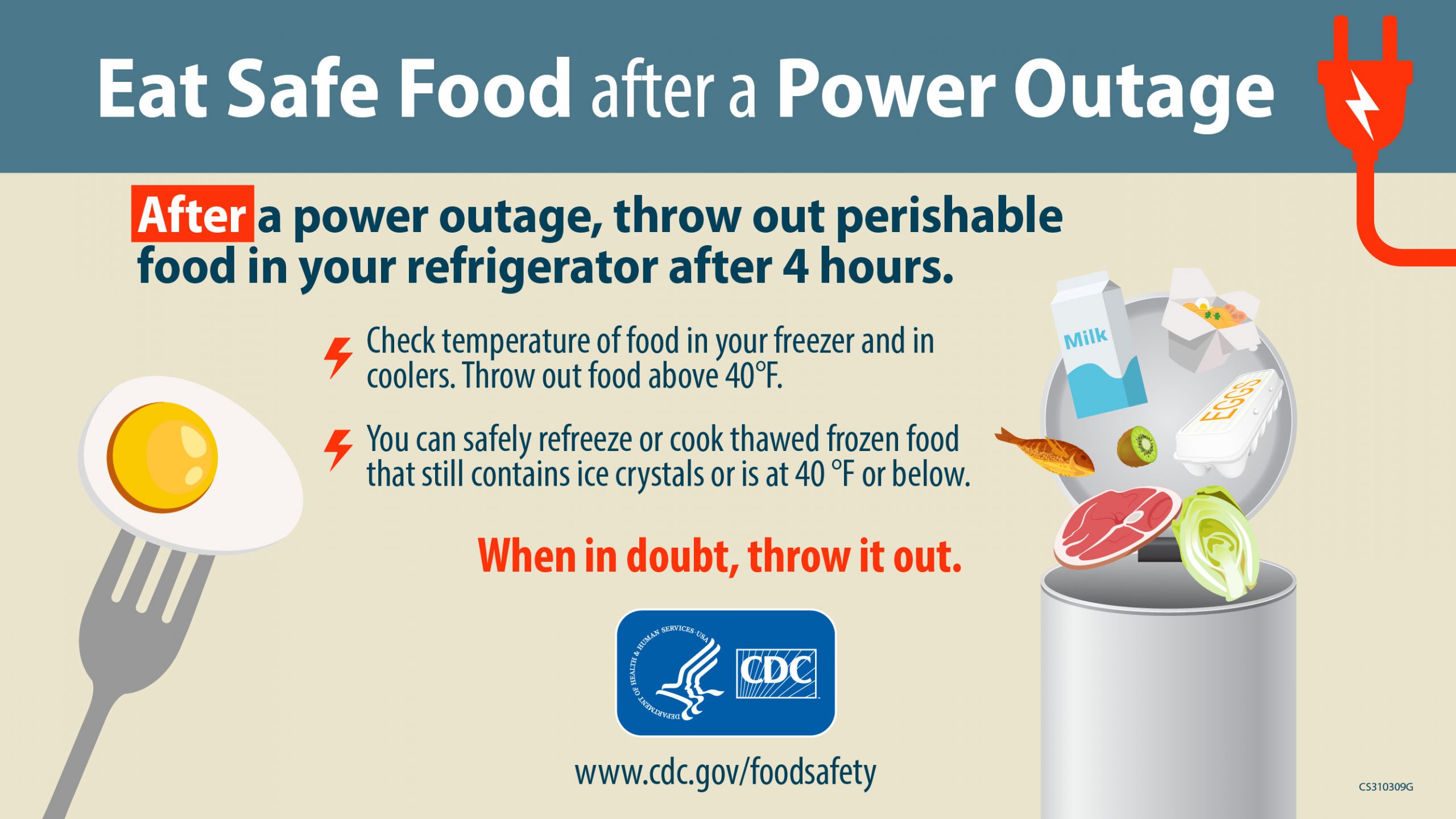Extreme Weather and Health
Extreme weather and conditions such as extreme cold, extreme heat, and poor air quality can impact your health. People with chronic health conditions, older adults, and young children are often most affected. It’s important to stay informed and know what to do to keep yourself and your family healthy and safe.
If you need someplace to go during extreme weather, check our Relief Centers page for options.
COLD WEATHER
Staying Safe in the Cold
It’s important to be prepared for winter weather, with cold temperatures and snow and ice.
Learn more about how to prepare for winter weather:
Extreme Cold: Tips for Health and Safety – CDC
Remember to heat your home safely and prevent carbon monoxide poisoning by installing detectors and following these CDC Carbon Monoxide Safety Tips.
HOT WEATHER
Staying Safe in the Heat
It’s important to be prepared for extreme heat. Learn more about how to prepare and be safe in extreme heat:
Tips for Preventing Heat-Related Illness
AIR QUALITY
Protecting Yourself From Poor Air Quality
Poor air quality, from conditions such as wildfire smoke, ground-level ozone that causes smog, and particle pollution, can affect your health. It can make an make it harder for people with asthma and other respiratory diseases to breathe. It can also impact heart health.
- Check the air quality in your area at AirNow.gov and Maryland Department of the Environment Current Air Quality Conditions
- Wildfire Smoke
-
Protecting Lung Health During Wildfires (factsheets in multiple languages)
- Protect Your Lungs from Wildfire Smoke
- Protect Your Pets from Wildfire Smoke
- Protect Your Large Animals and Livestock from Wildfire Smoke
BE PREPARED
County residents should be aware of extreme weather hazardous environmental conditions and be prepared for emergencies.
- Check these places regularly for weather and other important information:
- Local radio stations: WTTR 1470 AM, 100.7 WGRX FM, 97.9 WIYY FM, 1090 WBAL AM
- Local TV stations WMAR 2, WBAL 11, WJZ 13, Channel 19, Channel 24, and WBFF 45
- Web: Carroll County Government, Carroll County Health Department
- Facebook: Carroll County Department of Public Safety, Carroll County Health Department
- Twitter: @CarrCoMDPubSafe, @CarrollCoMD
- Instagram: carrollcohdmd
- Have a kit with a flashlight, radio, water, food, and extra medicine.
- Be sure you have enough fuel to warm your home.
- Check on elderly or disabled neighbors.
- Make plans on where you will go if you lose heat or power.
- Include pets in your plans.
Power Outages
If your power goes out, report it to your power company.
-
- BGE: 877-778-2222, bge.com
- Potomac Edison: 888-544-4877, https://www.firstenergycorp.com/content/customer/potomac_edison.html
- Food safety during a power outage
Emergencies
- If you have a life-threatening emergency, call 911.
- If you have a critical need during a community emergency such as a severe storm, call the Emergency Operations Center (EOC) at 888-5 GET-EOC. The EOC is only open during community emergencies.
- If you have a critical need that is not a life-threatening emergency, call the Emergency Communications Center at 410-386-2260 for assistance.



